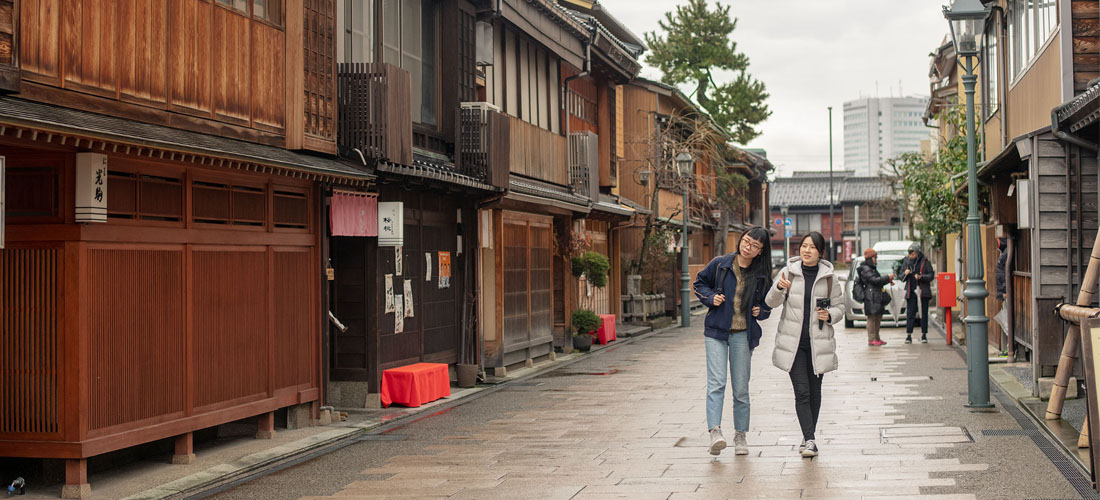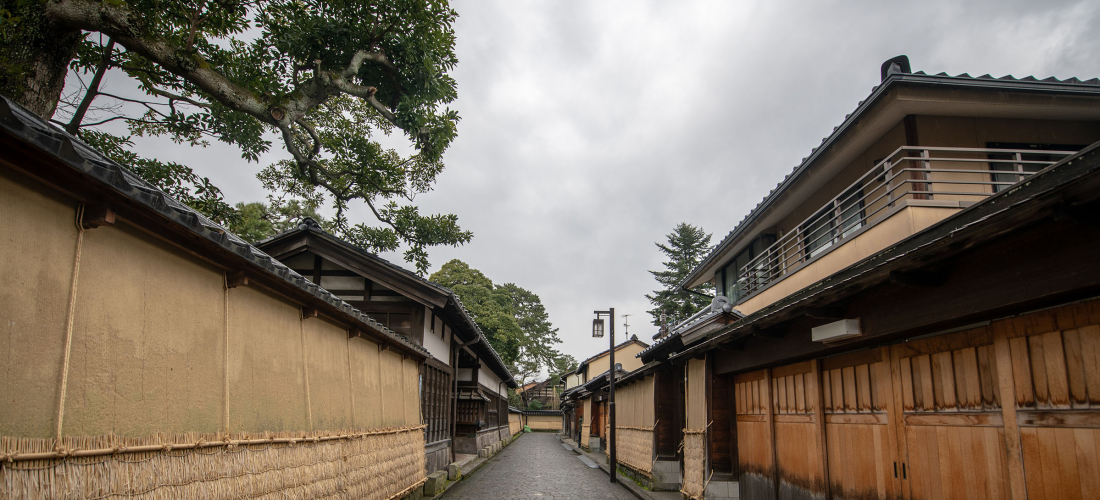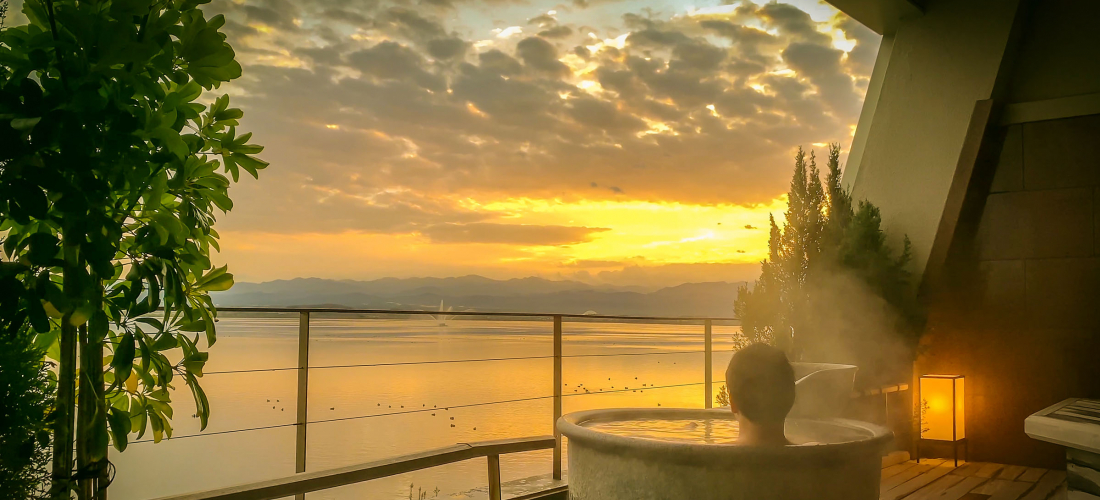CONTENTS
While still slightly off the beaten path, Kanazawa is increasingly becoming more popular with Japanese travelers and foreign visitors alike, creating an excellent alternative to crowded Kyoto. Originally a 4-hour journey from Tokyo, the inception of the Hokuriku Shinkansen opening direct routes to Kanazawa has reduced the journey by 90 minutes, making for a much more palatable trip to Ishikawa’s coast!
The journey from Tokyo to Kanazawa only takes 2 hours and 30 minutes
Japan Loves Curry, Especially in Kanazawa!
Kanazawa is an increasingly popular destination, rich with historical, cultural and culinary traditions and attractions that are fueling interest in the area. A few notable sites worth checking out when visiting Kanazawa include Kenrokuen Garden, one of the "Three Great Gardens of Japan," the city's famed chaya districts (or "tea house streets"), and Omicho Market, dubbed the "Kitchen of Kanazawa."
As food-based tourism becomes increasingly popular, Kanazawa should figure to receive more and more visitors given the region's abundance of fresh and delicious food—though many visitors to Japan are likely unaware of the now famous style of curry which originated in Kanazawa.
1. What is "Kanazawa Curry"?
2. Characteristic of Kanazawa Curry
3. Exemplary Kanazawa Curry Shops
4. Kanazawa Specialty Restaurants Spice It Up
1. What is “Kanazawa Curry”?
Indian Curry, a favorite local curry specialist
The name "Kanazawa Curry" refers to a special style of curry rice originated in Kanazawa City, the capital city of Ishikawa Prefecture located along the Sea of Japan coast. While there may be some slight local disagreement, the origin of Kanazawa Curry is generally attributed to Yoshikazu Tanaka, the founder of a famous local curry shop in the 1960s.
Ishikawa Prefecture itself is an area where specialty shops selling Indian cuisine took root quickly after their introduction, thus becoming some of the early adopters of curry culture in Japan that has since influenced culinary traditions around the country.
1. The curry is usually dark in color, and thick and creamy.
2. It should be served on a stainless steel platter.
3. A fried pork cutlet (katsu) must be placed on top.
4. Served with shredded cabbage.
5. It should be eaten with a forked spoon.
6. Tonkatsu sauce must be drizzled over the top.
Champion Curry
A restaurant founded by Yoshikazu Tanaka, famed originator of the local dish and deemed a must eat by curry evangelicals.
Gold Curry (ゴールドカレー)
Gold Curry has emphasized expansion beyond Japan through its franchises, and their signature take on the dish is unique when compared with other curry shops given their popular option of adding an omelet on top of your order.
Go! Go! Curry
Go! Go! Curry is an ubiquitous curry chain extremely popular with locals and tourists throughout Tokyo, and the rest of Japan. As a big proponent of Kanazawa Curry, this franchise was actually founded in Shinjuku (a famous Tokyo district), and has been a significant influence in popularizing the style, which is certainly appreciated by local Kanazawa Curry fans.
Tanaka Curry (タ ナ カ カ レ ー)
This shop is known for producing the earliest iterations of Kanazawa Curry, and was the predecessor to what would eventually become Champion Curry. The shop was originally a specialty restaurant serving various foreign dishes, one of which was the original (and thinner!) Kanazawa Curry style that many know and love today.
INDIAN CURRY
As Tanaka-san's curry began to grow in popularity and influence, other shops creating their own versions sprung up in the city—including this favorite of ours by the name of "Indian Curry." The specialty of this shop is their wide range of toppings on offer with their curry, including offerings such as fried shrimp, eggs, cream croquettes, cutlets, and more. We had a slightly difficult time choosing as we wanted to sample all of the various options, but ultimately settled on the fried ebi (shrimp), which was an excellent addition!
Indian Curry is located near the entrance to the famous Higashi Chaya district, so we recommend giving it a try before exploring the area!
As one of the more popular comfort foods in the region (and now throughout Japan), Kanazawa Curry is hearty, easy to eat, delicious, and very affordable. Now that you know some of the histories on this popular dish, be sure to give it a try next time you visit Kanazawa!
Be sure to look at JAPANKURU
And add us on Instagram and Facebook to share your Japanese pictures

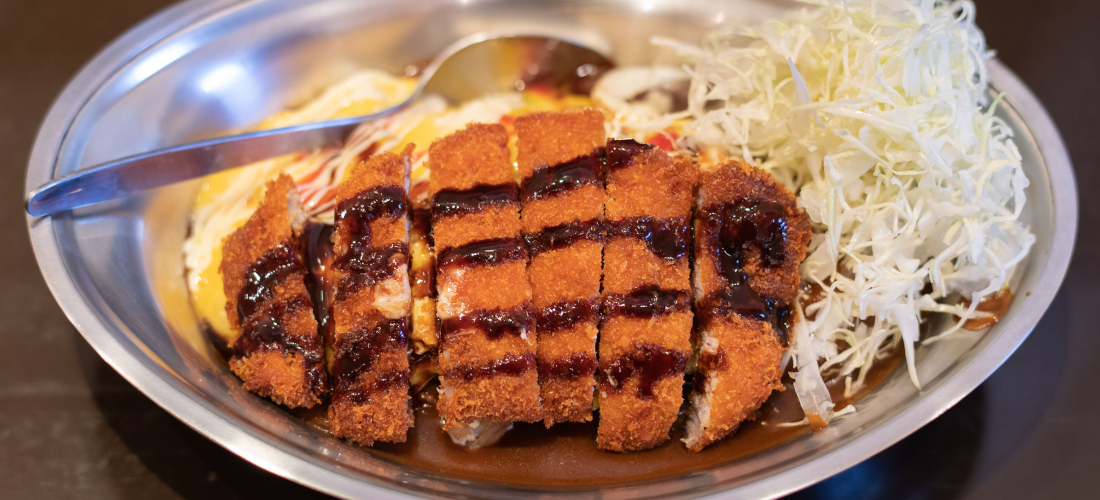
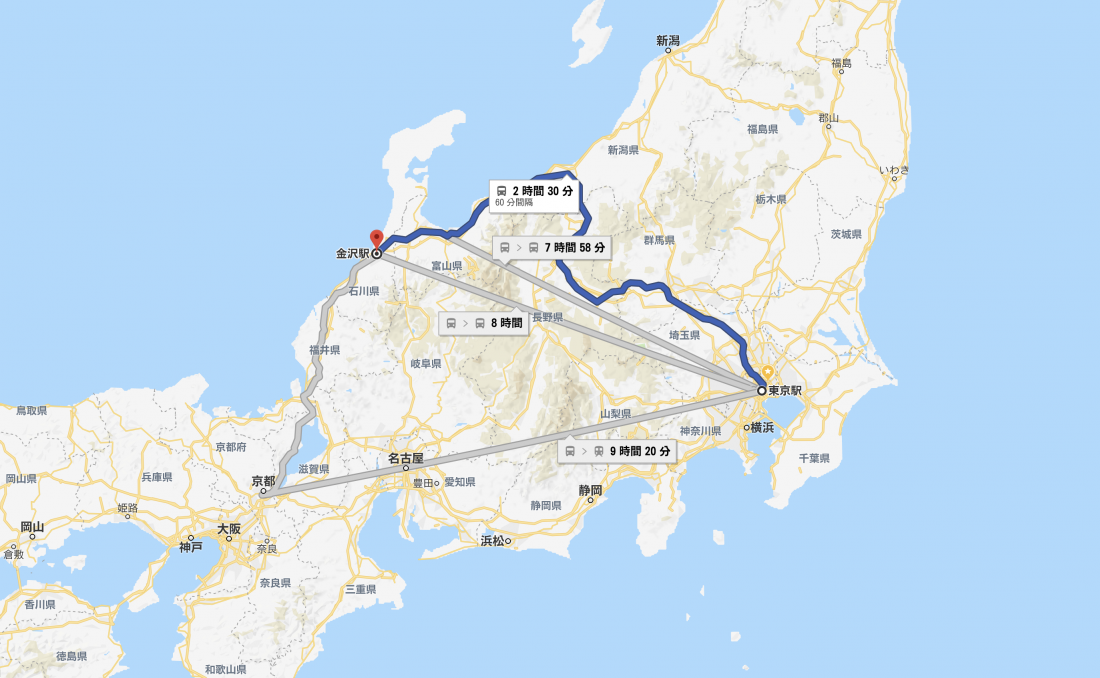
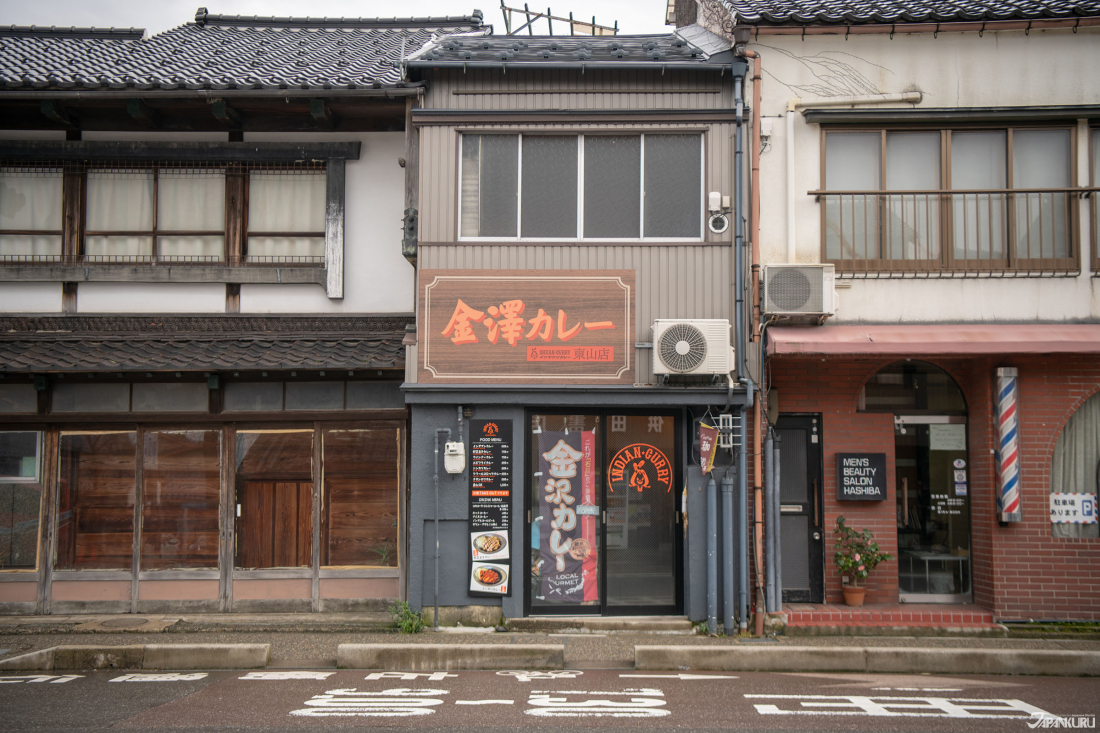

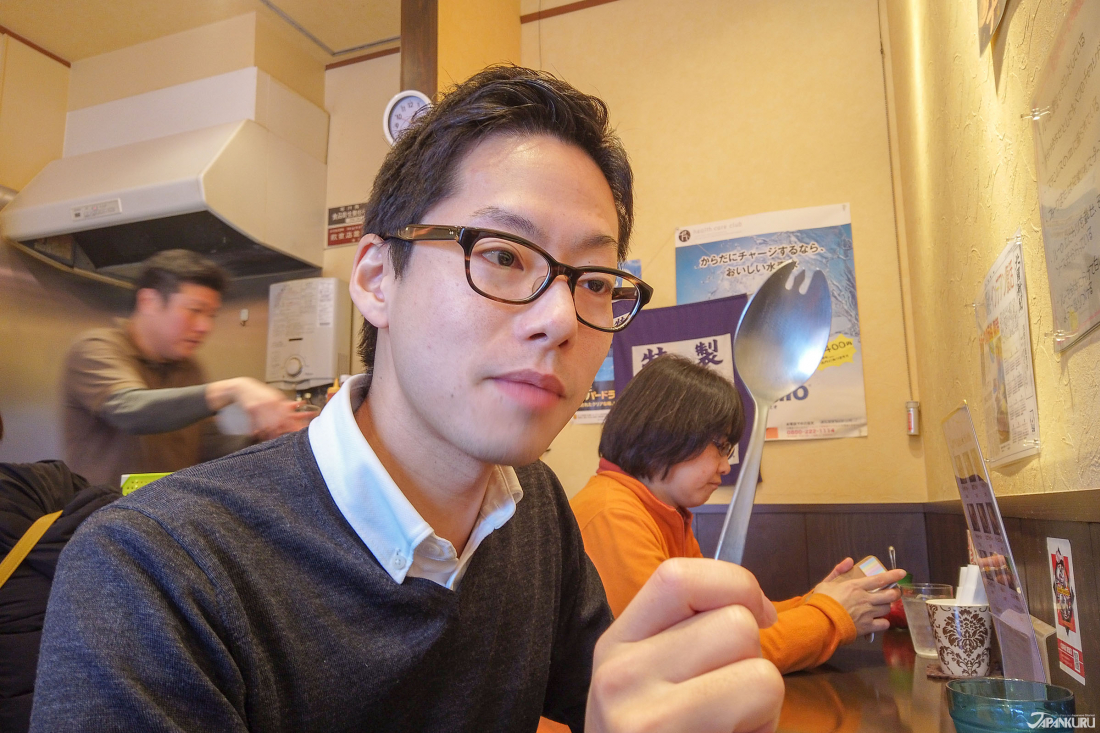
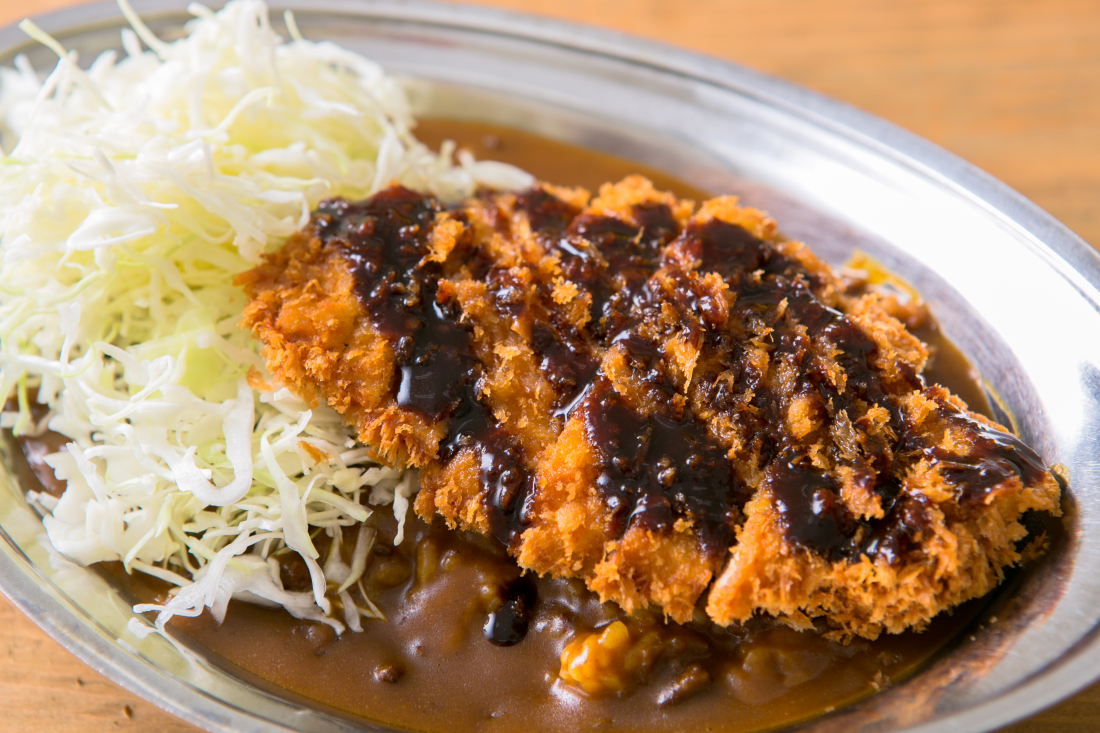
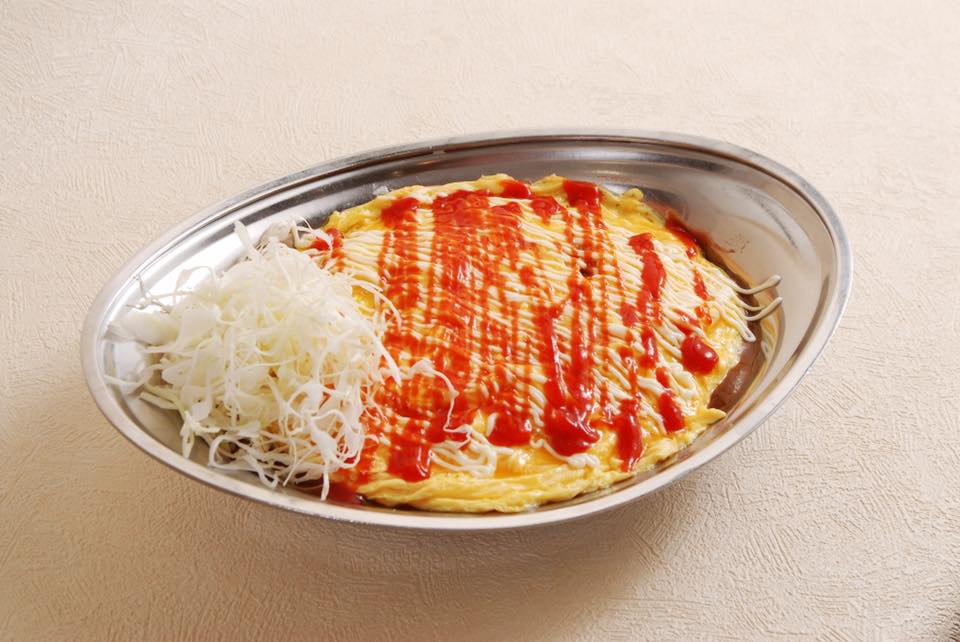
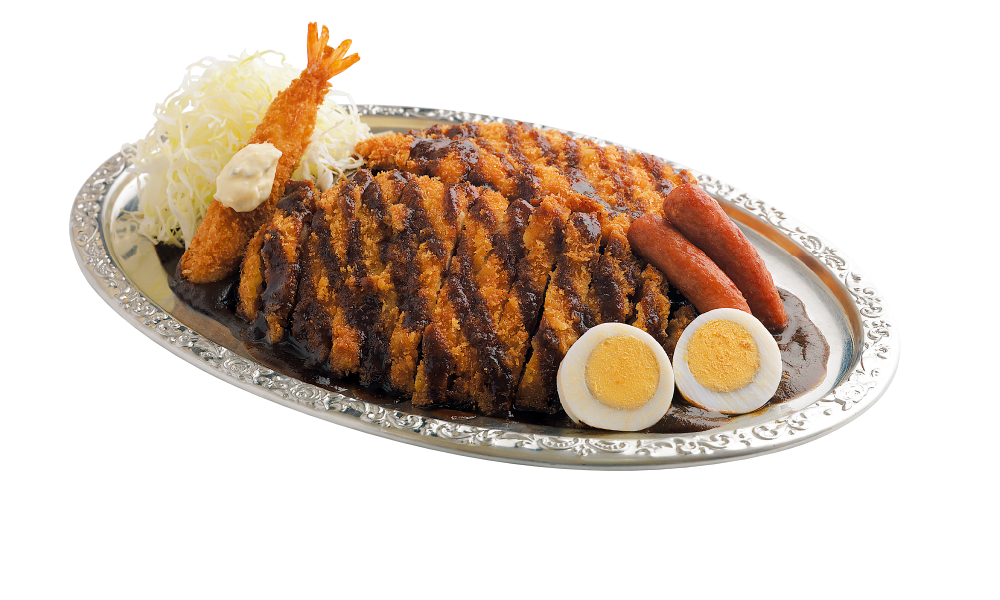


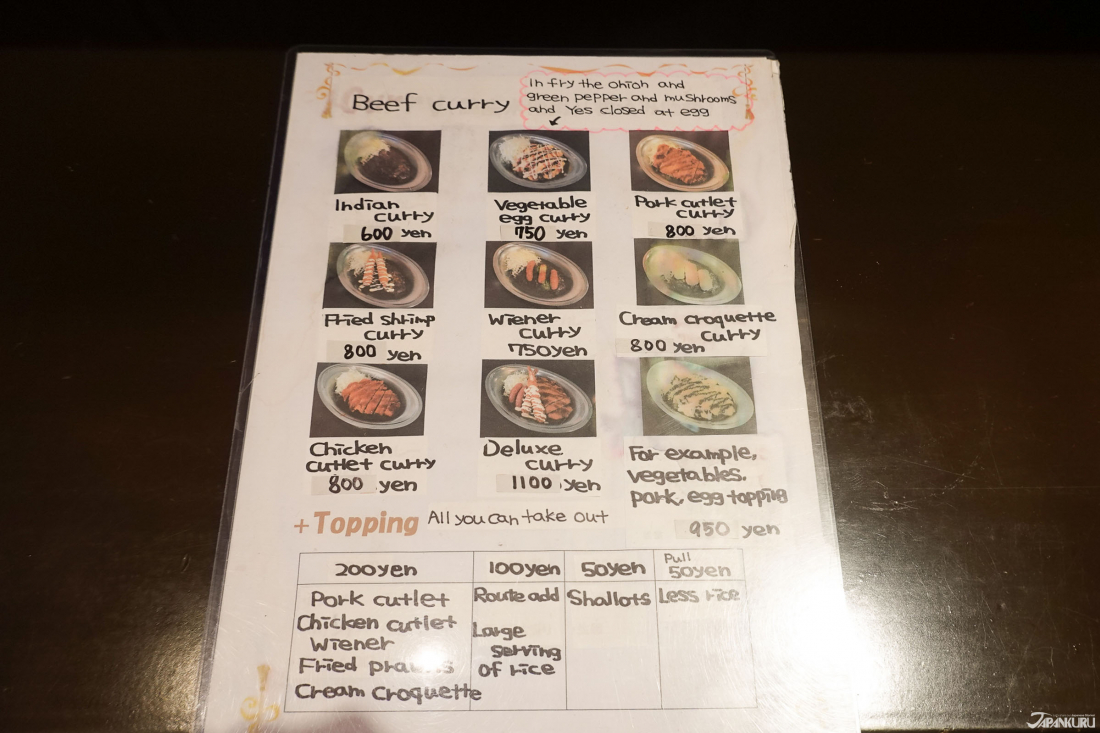
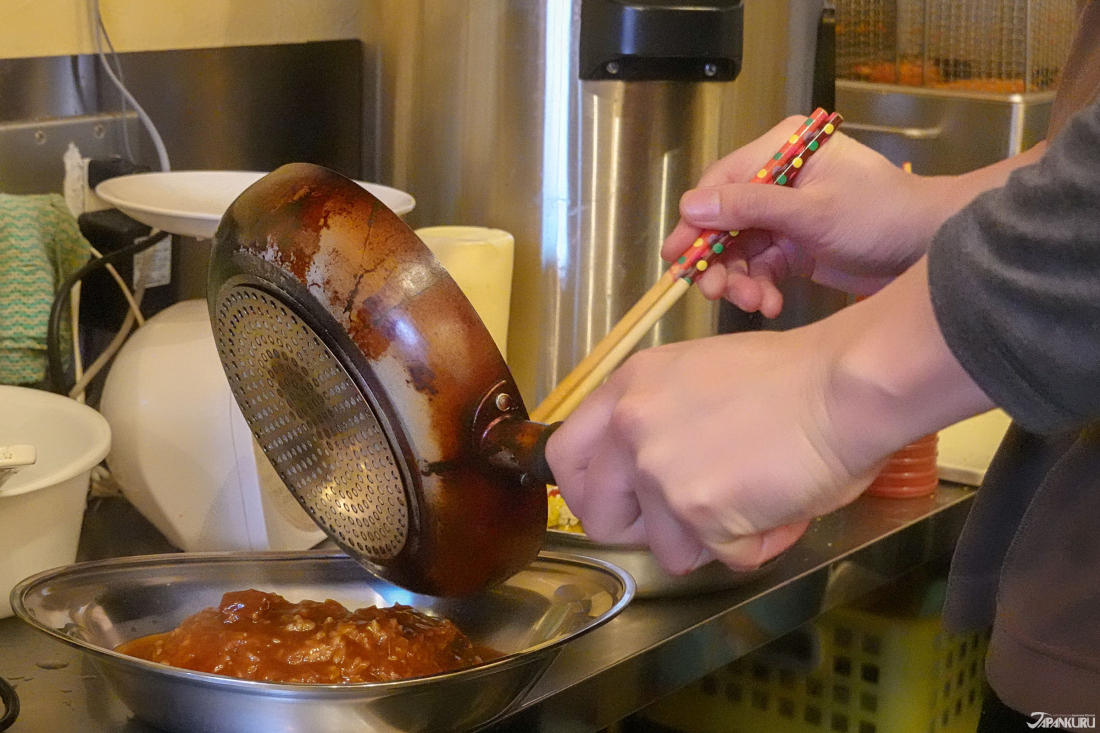
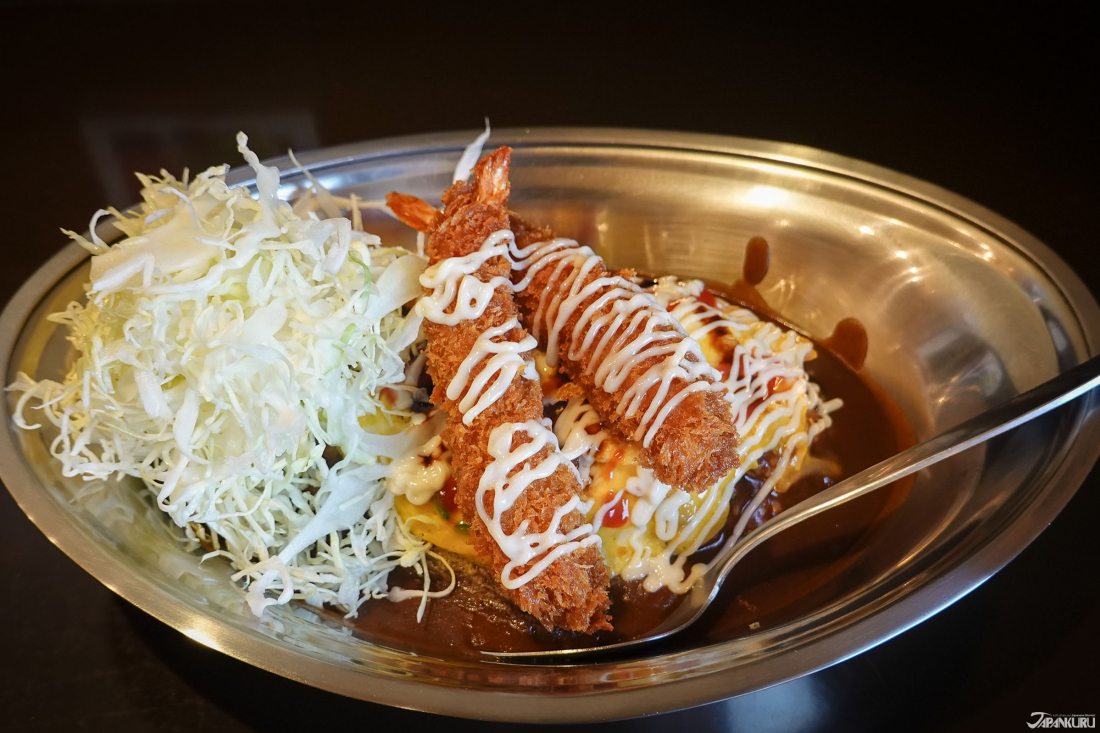
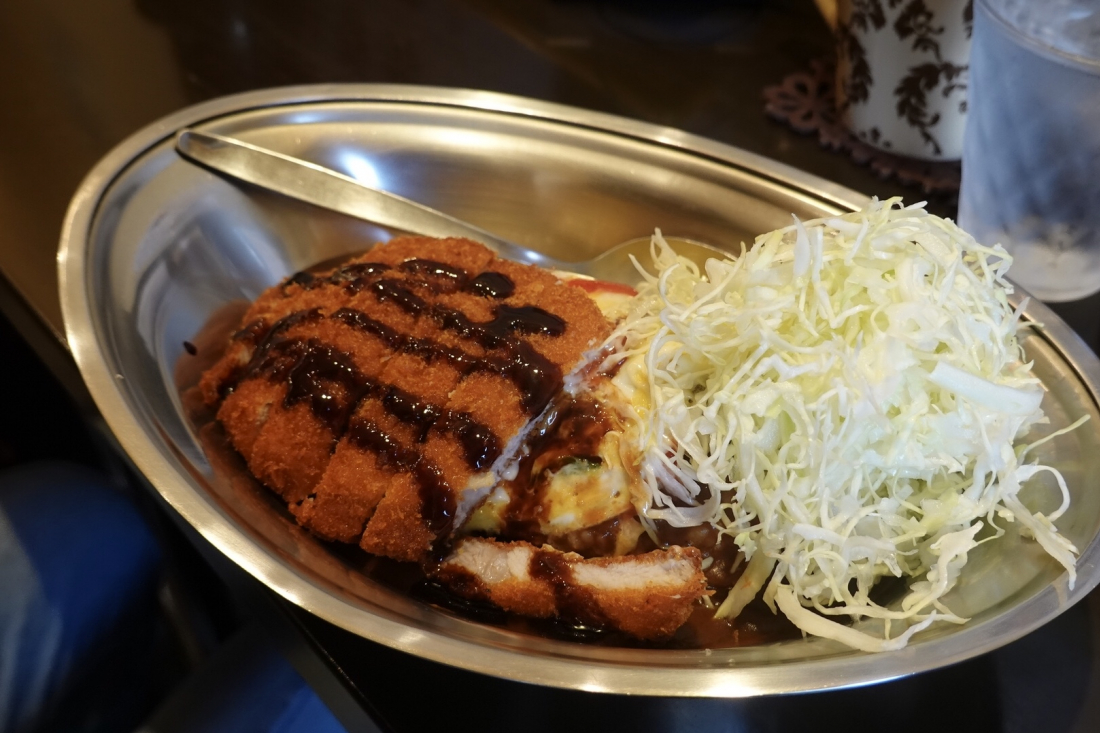






 >> Find out more at Japankuru.com! (link in bio)
#
>> Find out more at Japankuru.com! (link in bio)
#





 The Robot Restaurant is gone, but the Samurai Restaurant is here to take its place. Check it out, and don't forget your coupon!
The Robot Restaurant is gone, but the Samurai Restaurant is here to take its place. Check it out, and don't forget your coupon!
 신주쿠의 명소 로봇 레스토랑이 사무라이 레스토랑으로 부활! 절찬 쿠폰 발급중
신주쿠의 명소 로봇 레스토랑이 사무라이 레스토랑으로 부활! 절찬 쿠폰 발급중
 18歲以上才能入場的歌舞秀,和你想的不一樣!拿好優惠券去看看~
#tokyo #shinjuku #samurairestaurant #robotrestaurant #tokyotrip #도쿄여행 #신주쿠 #사무라이레스토랑 #이색체험 #할인이벤트 #歌舞伎町 #東京景點 #武士餐廳 #日本表演 #日本文化體驗 #japankuru #japantrip #japantravel #japanlovers #japan_of_insta
18歲以上才能入場的歌舞秀,和你想的不一樣!拿好優惠券去看看~
#tokyo #shinjuku #samurairestaurant #robotrestaurant #tokyotrip #도쿄여행 #신주쿠 #사무라이레스토랑 #이색체험 #할인이벤트 #歌舞伎町 #東京景點 #武士餐廳 #日本表演 #日本文化體驗 #japankuru #japantrip #japantravel #japanlovers #japan_of_insta
 코지마 x 빅 카메라 쿠폰으로 일본 가전 제품 쇼핑하기
#pr #japankuru #japanshopping #kojima #biccamera #japaneseskincare #yaman #dji #osmopocket3 #skincaredevice #日本購物 #美容儀 #相機 #雅萌 #日本家電 #일본여행 #면세 #여행꿀팁 #일본쇼핑리스트 #쿠폰 #일본쇼핑 #일본브랜드 #할인 #코지마 #빅카메라 #japankurucoupon
코지마 x 빅 카메라 쿠폰으로 일본 가전 제품 쇼핑하기
#pr #japankuru #japanshopping #kojima #biccamera #japaneseskincare #yaman #dji #osmopocket3 #skincaredevice #日本購物 #美容儀 #相機 #雅萌 #日本家電 #일본여행 #면세 #여행꿀팁 #일본쇼핑리스트 #쿠폰 #일본쇼핑 #일본브랜드 #할인 #코지마 #빅카메라 #japankurucoupon
































 Oita Hello Kitty Airport
Oita Hello Kitty Airport  Lands April 13th
Lands April 13th









